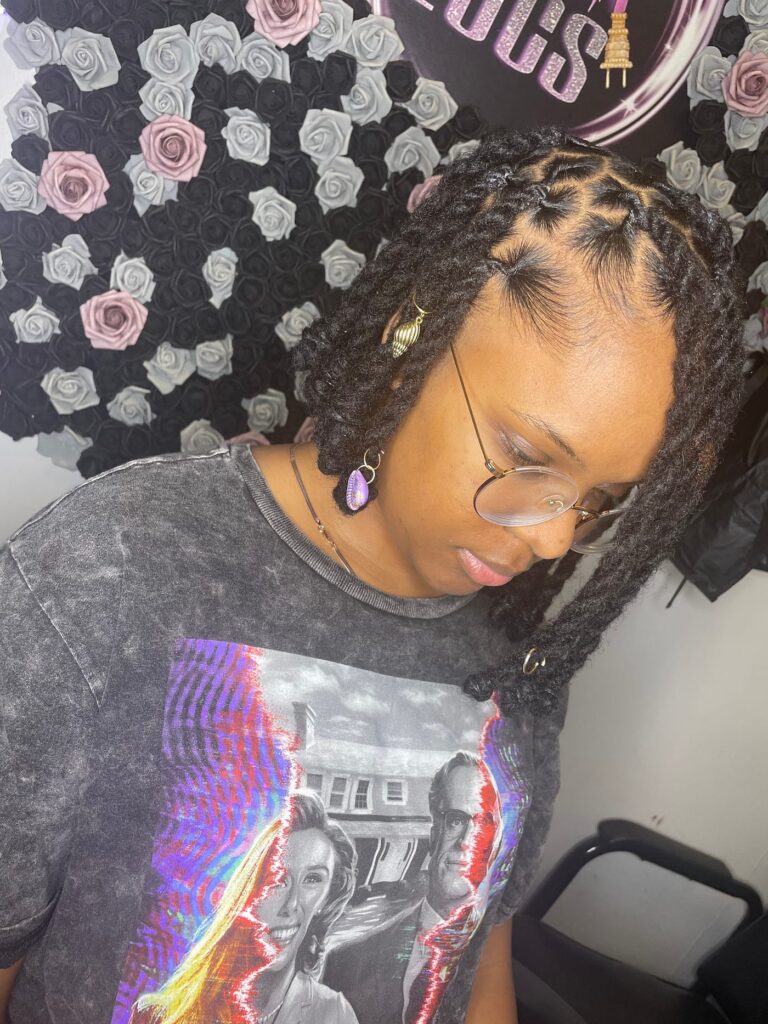
This article delves into the nuances surrounding dreadlocks and locs, emphasizing the importance of respectful language when discussing hairstyles. We’ll explore the various terms used, their cultural significance, and how to navigate individual preferences with sensitivity.
This comprehensive guide aims to provide a clear understanding of the terminology associated with dreadlocks and locs, while promoting inclusivity and respect in conversations about hair. We’ll examine the historical context, cultural variations, and evolving language surrounding these hairstyles.
Dreadlocks Terminology
The term “dreadlocks” is widely recognized as a general descriptor for tightly coiled or matted hair strands. This style often forms naturally over time through a process of intertwining and matting. However, it’s crucial to recognize that the term “dreadlocks” can sometimes carry negative connotations due to historical biases and stereotypes.
While “dreadlocks” is a commonly used term, some individuals prefer alternative terms like “locs,” “natural hair,” or specific cultural designations based on their origin. For instance, in certain African cultures, locs are referred to by distinct names reflecting their unique traditions and significance.
Understanding the various terms associated with dreadlocks and locs allows for more precise and respectful communication.
Locs vs. Dreadlocks
The distinction between “locs” and “dreadlocks” can be subtle but significant. While both terms refer to tightly coiled or matted hair, “locs” is often considered a more neutral and inclusive term.
“Locs” emphasizes the intentional cultivation and maintenance of these hairstyles, highlighting the artistry and personal expression involved. Conversely, “dreadlocks” sometimes carries connotations of neglect or unkemptness, stemming from historical prejudices.
Respectful Language for Hairstyles
When discussing hairstyles, it’s essential to prioritize respectful and inclusive language. Avoid using terms that are derogatory, offensive, or perpetuate harmful stereotypes.
Instead of relying on generalizations or assumptions, focus on specific details about the hairstyle itself. For example, instead of saying “those dreadlocks look messy,” you could say “that person has a unique style with intricate locs.”
Cultural Significance of Locs
Locs hold deep cultural significance in various communities around the world. In some African cultures, locs are associated with spirituality, tradition, and social status.
They often serve as symbols of identity, heritage, and connection to ancestors. Recognizing the cultural context surrounding locs is crucial for understanding their importance and avoiding appropriation or disrespect.
Individual Preferences
Ultimately, the most respectful approach is to acknowledge individual preferences regarding hairstyle terminology. Some individuals may prefer “dreadlocks,” while others may choose “locs” or other terms.
When in doubt, it’s always best to ask politely what term an individual prefers. This demonstrates respect for their identity and fosters open communication.
Conclusion
Navigating the terminology surrounding dreadlocks and locs requires sensitivity, awareness, and a commitment to respectful language. By understanding the nuances of these terms, embracing cultural context, and prioritizing individual preferences, we can foster inclusivity and appreciation for diverse hairstyles.
